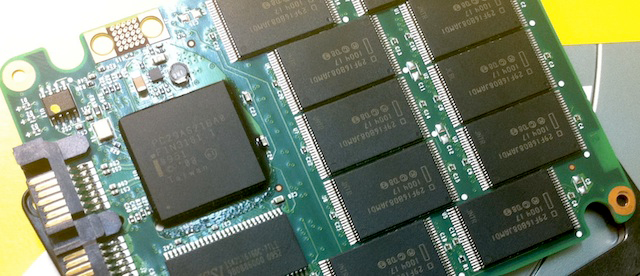You are here
Trend in new laptops
By Jean-Claude Elias - Jul 04,2019 - Last updated at Jul 04,2019
If your laptop computer is four years or older and you are planning to replace it with a new one, you may want to prepare mentally to accept the new changes in the technology when shopping for the new model. Indeed, a number of features you were used to have been discarded while others have been added. Some go without saying while other require you to be flexible and to adapt to the change — which is well in line with what we all have be doing and experiencing non-stop with IT. Luckily the changes are not many in number, although a couple of them are rather drastic.
The first and most obvious is the absence of an optical CD/DVD drive. Virtually all new models now come without such a drive. Although an inexpensive element, the optical drive has become a useless part of computers. If they still include one in their larger desktop models sometime, manufacturers find it wrong, by design, to integrate it in their laptop models. It prevents them from making very thin computers (definitely a trend), it adds to the weight, and it consumes battery.
CD/DVD drives were (as “in the past”…) used to play music or videos, and to install software. Today all these tasks are performed through networks, either your local network, or via the Internet. Software often is simply downloaded to be installed, and music and videos are played via YouTube or dedicated streaming services. In the rare cases where none of these functionalities would do the job, you still have the option to get what you want on a small USB flash drive!
And in the even rarest cases where you must absolutely have a CD/DVD player to use that CD or DVD optical media you have in your hands, you still have the option to connect an external CD/DVD drive to your laptop, via a USB port. External, USB-connectable CD/DVD drives are very practical when you need them, and they remain outside your laptop in the overwhelming number of cases when you don’t.
The other big change is the SSD drive, the internal disk on which you store everything, from the operating system (Windows, Apple OS, …) to your programmes, data, photos, music, etc. SSDs were introduced a few years ago but have now become standard units, mainly because prices have significantly gone down. SSDs are many times faster than traditional magnetic hard disk drives, and they consume less power. The small drawback is that SSDs, typically, come with a little less storage space than their older counterparts. Generally you will have a 256GB SSD, instead of a 1TB (=1,000GB) hard disk.
Again, this is the trend, the consumer uses more and more cloud storage of all kinds. Here too prices of renting storage space in the cloud have gone down. Moreover, the availability of fast wireless Internet connectivity everywhere makes using cloud storage easier, more convenient, safer, and more reliable. Why then would you want to have a huge local “old type” hard disk inside your laptop?
Whereas the above two major trends may require you to adapt and change your computing habits a little, the others are more straightforward as they are actually improvements of already existing characteristics. The first and obvious one is the battery life. From an average three hours, batteries now last at least six hours and often longer.
Confirming the growing importance of fast and high-definition graphics, most new laptops computers now feature an advanced, separate graphic processor, in addition to the computer’s main one. This would be an NVidia for example or an Intel graphic processor. It would also have its own memory (from 2GB up to 8GB), so as not to use any of the computer’s main memory.
USB ports have been enhanced to work at much faster transfer rates, and your new laptop will probably feature USB with the famous “C” connector type, which makes connections easier and faster than before.
In all cases it is a win-win situation, since prices of new laptops also have become very tempting and, for the same machine performance and capability, have gone down. This is particularly interesting when you think that the average price of JD800 will get you a good laptop, whereas a high-end smartphone would cost you the same.
Related Articles
The world and the specialised media keep trying to impress us with hot but somewhat mysterious IT topics such as bitcoin, blockchain, driver
If you would like to give your computer a serious speed booster, the one single element that today is recommended to go to is a Solid State
Imagine making it from Amman to Aqaba with your car in one hour instead of the usual four.















